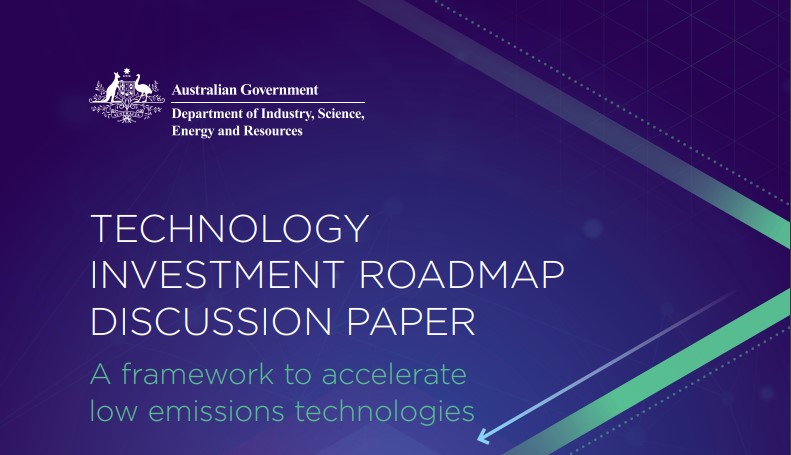
The COVID-19 pandemic has prompted governments around the world to respond quickly and decisively to protect their people and economies.
In Australia, the country’s state and federal governments have come together in a unified response, listening to advice from experts, and working together to limit the spread of the virus.
Apart from ramping up adoption of technology and use of cutting-edge innovations, many countries are exploring energy self-reliance / independence.
This global change is occurring as countries move to implement policies, such as net-zero emissions by 2050, in line with Paris Agreement goals.
Australia is playing its part in the global challenge to reduce greenhouse gas emissions and is committed to Kyoto era climate targets.
By June 2020, the nation’s targets we comprehensively beat by around 80% of a full year’s emissions.
Australia also has a clear plan to meet and beat the Kyoto 2030 Paris target and become a global player in renewable and alternative energy.
In May this year, the Australian government launched its Technology Investment Roadmap Discussion Paper, aiming for “a strategic and system-wide view to future investments in low emissions technologies”.
The paper lays out a framework to accelerate low emissions technologies and discuss strategies and solutions for Australia’s energy landscape.
The Technology Investment Roadmap will help inform Australia’s first Low Emissions Technology Statement and will be a critical input to Australia’s Long Term Emissions Reduction Strategy.
Technology will drive a successful shift to secure, more affordable energy and lower emissions. Deploying the right technology when and where it is needed will allow Australian industry to capture new opportunities from rising global demand for lower emissions products and services.
Australia has enormous opportunities, including shipping wind and solar power in the form of hydrogen or hydrogen-based synthetic fuels.
Hydrogen is the lightest element in the periodic table and the most abundant chemical substance in the universe.
But two factors have historically stood in the way of hydrogen as a viable option- the expense of manufacturing clean hydrogen and the durability of the equipment.
However, with dramatic reduction cost of wind and solar power, it is now possible to make cost-competitive, zero-emissions green hydrogen.
Models show that if Australia could produce 200% of their electricity needs by 2050, exporting the surplus as hydrogen or other energy-intensive products, they could lower the cost of electricity which would, in turn, benefit the larger economy.
This is will also create an influx in jobs, export industries, general welfare, productivity, and environmental sustainability
With increasing energy demand and proportionately increasing carbon emissions, this is the time to harness the opportunity to transition to a net-zero emissions global economy.
The value of the global market for clean technologies is projected to almost double between 2016 and 2025, and then continue to expand at an increasing pace to 2050.
The Australian government is looking to quickly to take advantage of this transition. Australia also has a comparative advantage as the world transitions to renewable energy because of its exceptional and complementary wind and solar resources.
Australia could be an important source of supply in global markets for the low cost of production could offset transportation costs because of Australia’s geographic distance from trading partners.
Equally, Australia is well-placed in terms of available geological sites for carbon sequestration together with a very significant capacity to sequester carbon in soils. This is also the key to Australia adopting a world-leading position with negative emissions.
Technology or knowledge development made by universities or researchers can contribute to reduction in emissions. However, predicting the future path of technology and its practical application is always difficult.
Researchers at the Energy Transition Hub say that an ambitious approach to the development of hydrogen and energy-intensive exports sectors is better than a cautious one.
















